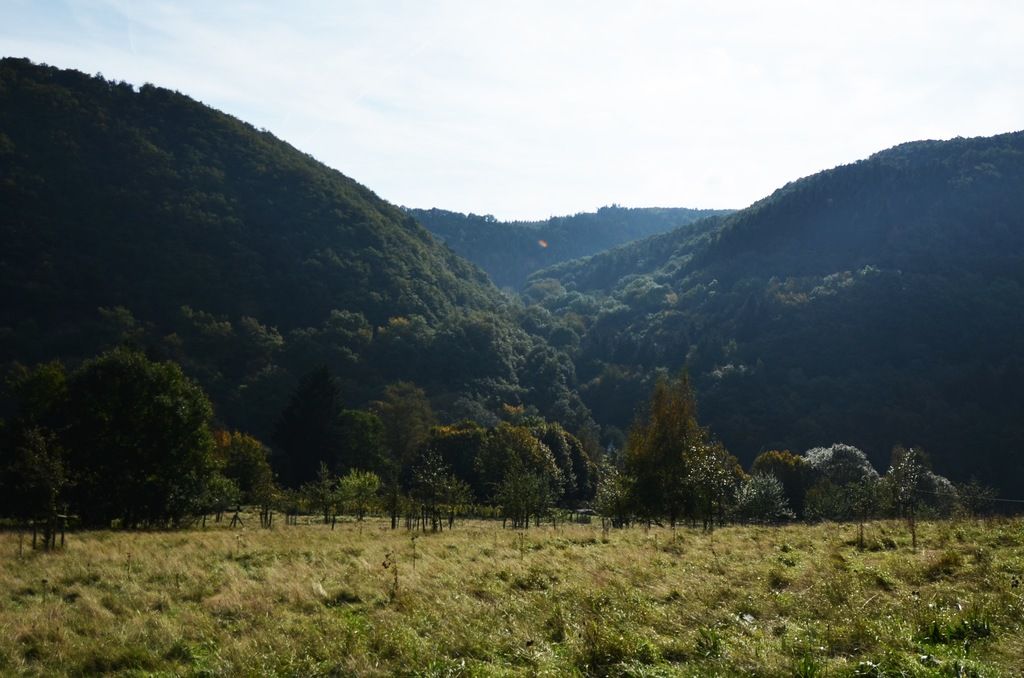Fuckin' Sweltering Summer! Here's How Your City Stacks Up in Heat Stress
- 2 Min Read
City Heat Stress Intensity: Check out this map for insights. - What is the current temperature in your urban area?
More than a dozen million residents in German cities are exposed to intense heatwave conditions where they live, according to a study by the German Environmental Aid (DEH). The organization has mapped 190 cities with over 50,000 inhabitants, highlighting those where sweltering temperatures, concrete jungles, and scarcity of green spaces collide.
Southern German metropolises top the heat stress charts, as denoted by the study. Cities like Mannheim, Ludwigshafen, and Worms are the undesirable frontrunners, with 88 to 91 percent of the population dwelling in zones with extreme heat exposure, as per DEH.
Northern cities, on the other hand, enjoy relatively cooler summers. Cities such as Flensburg, Wilhelmshaven, and Kiel benefit from lower temperatures. However, it's Hattingen, Gummersbach, and Witten that reign supreme: they boast relatively larger green zones with comparatively less concrete surfaces.
Where it's All Happening
Overall, the Environmental Aid has tagged 31 cities in the red category as the most affected, including Frankfurt am Main and Magdeburg. 131 cities fall under the middle-tier yellow, including Cologne, Berlin, and Munich. 28 cities reside in the green group, with Hamburg being one of them.
To break down the heat map, the DEH collaborated with Luftbild Environmental Planning GmbH, categorizing the country into 100m x 100m grids. The surface temperature during summer months, degree of sealing, green volume in immediate proximity, and population density were all taken into account for each grid. These values were then compared with average inhabited area norms, awarding points based on the deviation from the average. Census data from 2022 and satellite data were employed for this calculation.
The DEH has enhanced its already published heat index check from last year, now incorporating data related to the average summer surface temperature and population density.
Why Concrete and Green Matter
Heat builds up on sealed surfaces such as roads, parking lots, and rooftops, as water doesn't seep through, generating no evaporation cooling effect. Instead, the surfaces absorb heat and release it into the environment for an extended period, causing cities to overheat.
Conversely, green zones including meadows, hedges, and trees, promote cooling via evaporation, particularly as trees offer up to 10 degrees Celsius temperature reduction near their vicinity and shade. Open water bodies act as nature's air conditioners, contributing further to temperature reduction.
Check out the table below to see how your city measures up in terms of temperature, sealing, and green efforts:
What Politics Can Do Against Heat Stress
Cities can make high temperatures more bearable through the adoption of strategies like the "sponge city" concept, which facilitates water infiltration and storage. This aids in accommodating heavy rainfall and alleviates water shortages. Green roofs, facades, parks, and trees encourage evaporation, while cool air tunnels draw in cooler air from the surrounding areas. Public drinking fountains provide relief from the heat.
- Heat
- Weather
- German Environmental Aid e.V.
Enrichment Data:
A Closer Look:
To gauge heat stress intensity in specific German cities, we can focus on factors like temperature, urban sealing, and green initiatives. Here's a deeper dive into these elements in major German cities:
Temperature
- Berlin, Frankfurt am Main, and Munich: These cities suffer from urban heat island effects, with Frankfurt recording 42 hot days in 2018, whereas Berlin and Munich also witness more hot days than the national average. The number of extremely hot days (over 30°C) is on the rise in Germany, particularly in urban areas1.
Urban Sealing
- Urban sealing pertains to land covered by impervious surfaces like pavement and buildings, intensifying heat islands by reducing the cooling effect of vegetation.
- Comparison: Cities with greater urban development, such as Berlin and Frankfurt, tend to showcase higher levels of sealing, boosting heat stress compared to cities with ample green spaces.
Greening
- Greening's Impact: Urban greening is crucial for mitigating heat stress. Cities with abundant green areas—trees, parks—experience reduced temperatures compared to densely built-up areas.
- Berlin: Known for its parklands and green spaces, Berlin shoulders strong greening initiatives, helping to counteract heat stress.
- Frankfurt am Main: Despite significant urban development, Frankfurt has undertaken initiatives to bolster green spaces, albeit facing lingering challenges related to heat stress.
- Munich: Munich also boasts emphasis on urban planning and greening, helping override the urban heat island effect.
Comparative Data Summary
| City | Temperature Increase | Urban Sealing | Greening Efforts ||-------------|-------------------------------|------------------------|---------------------------|| Berlin | High | Moderate sealing | Strong greening initiatives || Frankfurt | Very High | High sealing | Moderate greening efforts || Munich | High | Moderate sealing | Strong greening initiatives |
Though specific comparative data regarding temperature, sealing, and greening in these cities isn't depicted in the sources, the general pattern indicates that cities with ample green spaces tend to experience lower heat stress levels. Prioritizing green zones in urban planning is pivotal for mitigating the repercussions of heat stress in German cities.
Recommendations
- Urban Planning: Champion more green spaces and parks in urban planning to combat the urban heat island effect.
- Heat Action Plans: Implement heat-health action plans, as recommended by the WHO, to protect vulnerable populations during heatwaves5.
- Monitoring: Regularly track temperature and heat stress levels to guide adaptation strategies1.
- The German Environmental Aid (DEH) has collaborated with Luftbild Environmental Planning GmbH to incorporate 'science' in their heat index check, taking into account factors like the average summer surface temperature, degree of sealing, green volume, and population density.
- To tackle the repercussions of heat stress, cities can implement 'climate-change' solutions such as the "sponge city" concept that promotes water infiltration and storage, green roofs, facades, parks, and trees for evaporation, cool air tunnels, and public drinking fountains. Moreover, cities can prioritize 'health-and-wellness' by adopting heat-health action plans, as recommended by the World Health Organization, to protect vulnerable populations during heatwaves.




